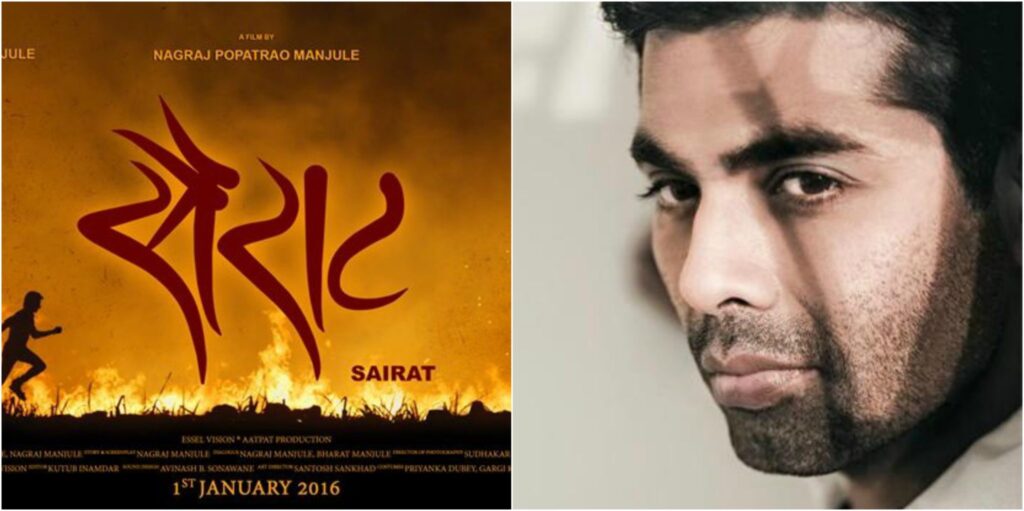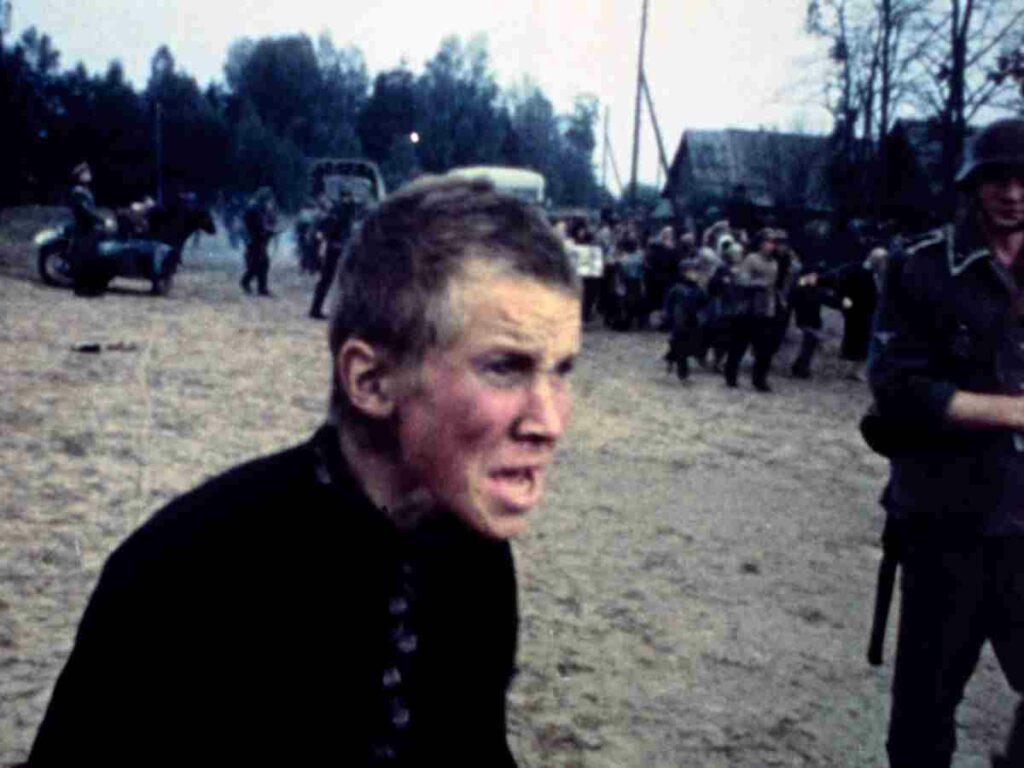Bollywood’s sudden obsession with Sairat is the stuff every Marathi cinema lover dreamt of. Year after year of absolute gems from the Marathi industry, Marathi films went unnoticed on a national stage, despite having Mumbai, the cradle of Bollywood. Our films won several national awards but the large masses across the nation were unaware of any Marathi geniuses.
Sairat (2016) Review: Achingly Tender, Refreshingly Real
When Sairat’s team came on the Kapil Sharma show, everyone assumed that Bollywood had finally fallen in love with Marathi cinema.
Except, it wasn’t love at all. It was only an infatuation.
Remakes are not new in Bollywood. It has churned out mediocre remakes after another of south films. Apart from Hera Pheri and Yuva, I don’t see one remake that’s even comparable (forget better) to the regional film it was derived from. Both these films were good because they were helmed by the director who directed the originals as well. I am not saying this always works, but a different director remaking a film is a sure-shot recipe for a disaster.
There are some fundamental reasons for this:
1. Understanding the Demographic
Sairat is set in the rural heartlands of Maharashtra. Nagraj Manjule’s (director) astute observations and keen knowledge of the attitude of a Marathi man was the primary strength of the film. That’s where Sairat derived its freshness from. Nobody has combined great cinematic technique and a rural love story in a way Nagraj has.
From the supporting actors like Langdya to the scary brother-in-law and comic dialogues, Nagraj knows his characters inside out. They are not caricatures. They breathe fresh ideas and emotions that Bollywood can’t understand or imitate, let alone Karan Johar, if rumors are to be believed.
I am not berating or undermining Karan Johar, but the fact is he and everyone in his production understands ‘rich and urban people’ problems. This is very apparent in his movies and he would utterly fail if he ventures to try and interpret the rural heartland of India. It’s just not his world and he has gone on to admit the same in several interviews.
Sairat will die if pulled out of its rural world and Bollywood is oblivion to this part of India.
2. Music
The primary strength of love stories in Indian cinema has been the music. The rustic, rural feel by the great duo Ajay-Atul is impossible to replicate in Bollywood. Ajay-Atul have tried Bollywood but with mediocre success.
Nagraj was very clear that the music is going to be escapist but the story will remain rooted in realism.
Take the ‘Ata ka baya ka bavarla‘ song from Sairat for a moment. Listen to just the music, not the lyrics. It starts with a Rahman-esque feel to it and then turns into an old school Bollywood number with guitars, trumpets and drums.
Now let’s bring on the lyrics along with the music. Shreya Ghoshal’s rendering lends it a perfectly rustic feel. The lyrics are easily understood by a village kid while the urban folk enjoy the music and Shreya’s voice.
Combine it all with the visuals. Our heroine is in love and dancing in her small home. The dance and the expressions feel authentic, unlike a dream sequence in the Swiss mountains. The song’s setting itself goes against every fiber of a Bollywood love story. The heroine sits staring at our hero in front of the entire classroom without a care in the world what others make of it.
Think Bollywood can pull it off with that earnestness?
3. Innocence of the Makers
With Sairat, Nagraj’s intent was extremely pure and innocent. His first film Fandry won critical acclaim but wasn’t really a box-office success. He realized his films needed to be accessible to more people. He promised the makers and the actors that this film will be watched by a lot of people.
But Bollywood is approaching this film as a money-making device, seemingly trying to cash in on its success. There is a fine line between making a film accessible to masses and making a film only to make money.
Nagraj lived with the actors for months, training and molding them into characters that came alive in the film. It calls for a lot of effort and detailing, that Bollywood shies away from.
The unprecedented success of Sairat was a shock for Nagraj, to say the least. He utilized non-actors and regular people who had never faced a camera before. And with minimal marketing, the film garnered 65 crores in a single Indian state.
I don’t know what others think of it, but this is sheer magic to me.
And true magic happens very rarely.
Sairat may be a lottery ticket for Bollywood, but a remake will be loathed by a Marathi. And never quite understood by the rest of India.
By Shridhar Kulkarni
Recommended:5 Must See Marathi Films Of 2016
Have something to share with our readers? Thoughts on a film you saw recently; an obscure piece of film trivia; or a film you just finished watching and can’t seem to get out of your head? Head over to our Submit section for details and shoot us a mail at info@flickside.com.





2 thoughts on “Why Sairat Remake Is Bad Idea, Bollywood!”
Comments are closed.